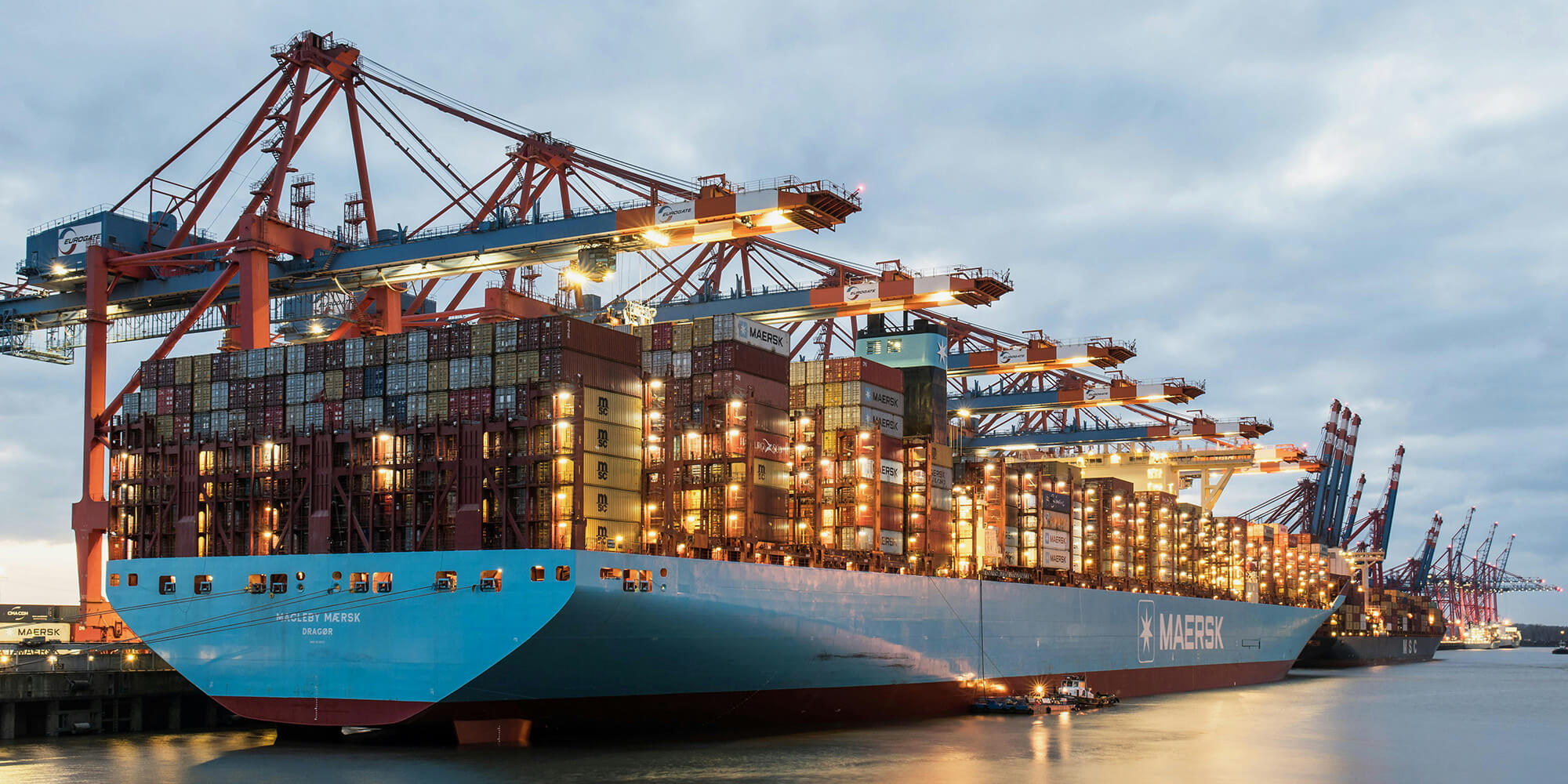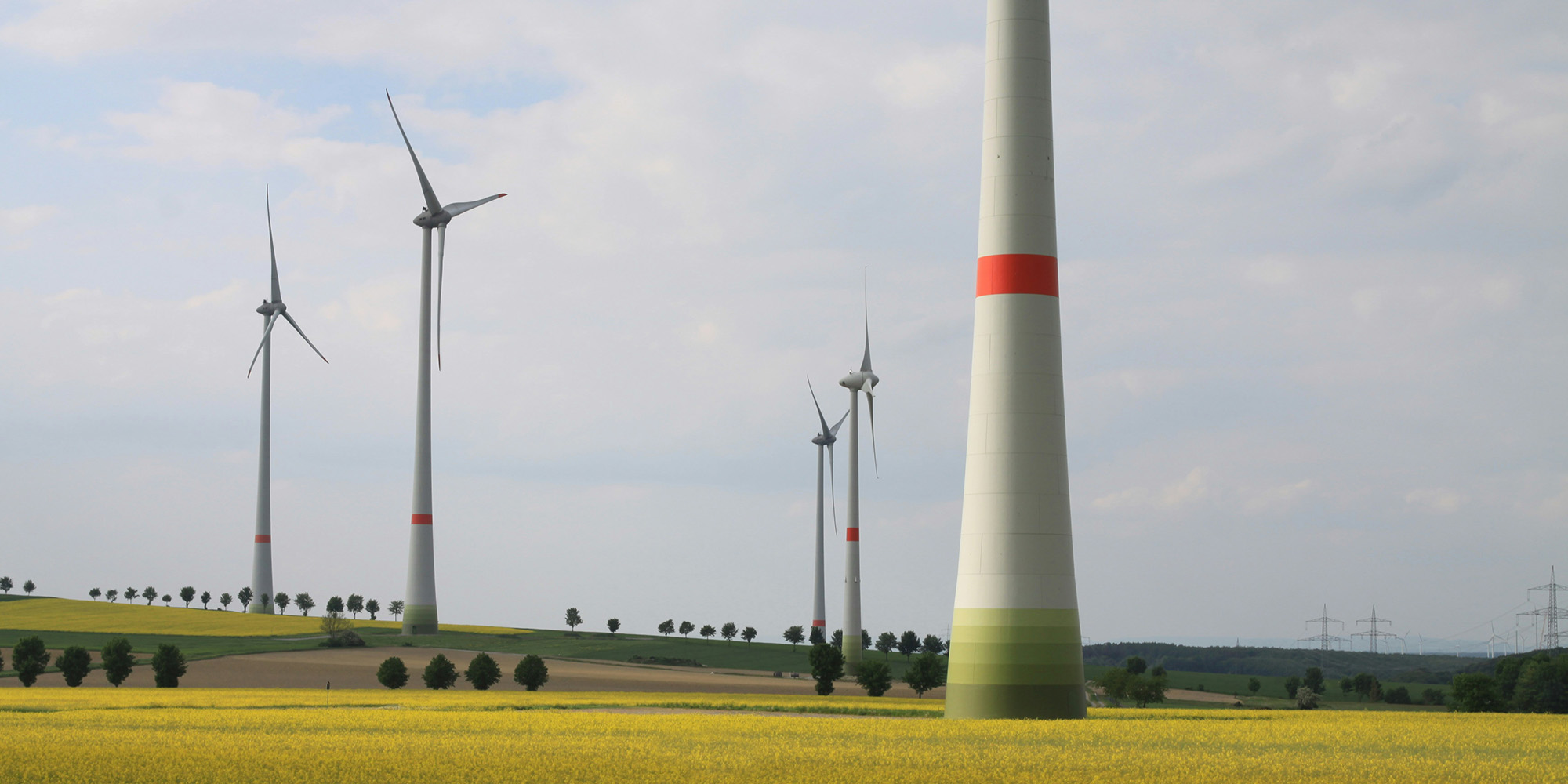CBAM enters its definitive regime
Europe’s Carbon Border Adjustment Mechanism (CBAM) will begin its ‘definitive implementation’ phase in 2026. From January, importers will be responsible for the embedded emissions of covered goods and will have to purchase and surrender CBAM certificates for the first declaration in September 2027. They will also seek to deduct costs by using renewable electricity to manufacture their products.
The European Commission, however, has not finalised the guidelines for claiming renewable energy use yet. The text currently refers to Power Purchase Agreements (PPAs), but the guidance remains so thin that covered companies are asking themselves how to align.
The CBAM has clear goals: to avoid carbon leakage, stimulate the use of renewable energy around the world, and level the emissions playing field for European producers and importers. Achieving them, however, requires a set of rules that are robust and applicable worldwide. Here’s why I-REC(E) — the most widely used energy tracking system globally — are the obvious place to look.
The question of carbon accounting
“Two worlds are colliding under CBAM,” says Jared Braslawsky, Executive Director of the I-TRACK Foundation, which facilitates the I-REC for electricity (‘I-REC(E)’) markets. “On the one hand, you have life cycle assessments, and on the other, corporate emissions accounting. These two are now coming together, even if stakeholders and LCA practitioners don’t see it yet.”
CBAM puts a price on the embedded emissions of certain imported goods to ensure European producers (covered by the EU’s Emissions Trading System) and importers pay the same costs for climate-warming emissions. It does so by measuring the emissions of specific production routes — the CO₂ released by the materials and energy used in manufacturing — and taxing them.
In the life cycle assessment (LCA) world, this is akin to “cradle to gate”, an evaluation of a product’s environmental impacts from the extraction of raw materials to the point when the product leaves the factory. LCAs usually rely on complex databases that attempt to trace each input as far down the supply chain as possible, estimating their environmental impacts, CO₂ emissions among them.
Energy, specifically electricity, is a major part of those inputs. For example, for aluminium, which is covered by CBAM, electricity accounts for a hugely significant portion of its total emissions. What makes electricity special in corporate climate accounting — which focuses on allocating emissions to different actors in the supply chain — is that its emissions do not have to be estimated, they can be factually measured and assigned using Energy Attribute Certificates (EACs).
EACs such as I-REC(E) are contractual proof of renewable electricity consumption, meaning that rather than estimating emissions in advance, the environmental attributes of actual electricity produced are owned by an actual final buyer. Additionally, I-REC(E) offer a robust standard already used in more than 60 countries, avoiding painstaking case-by-case evaluations.
“What we are saying is, don’t stop using the estimates — those are very good tools,” Braslawsky continues. “But for electricity, we don’t need an educated guess. We have a proven emissions factor based upon standardised ex-post tracking and certification that can be followed through the supply chain.” And for policies like CBAM, ‘proving’ and ‘standardised’ are likely to be crucial words.
How I-REC(E) can simplify CBAM compliance
The European carbon border adjustment mechanism will affect over 150 countries. The number of importers that will soon declare the emissions of their goods and pay for CBAM certificates is estimated at around 20,000. And the vastness of its coverage is mirrored by its administrative burden.
Judging the number of CBAM certificates importers must purchase, including any possible deductions such as from renewable energy use, will be the responsibility of national customs authorities. They will need to evaluate renewable energy claims coming from all over the world.
This could create major challenges. How are auditors expected to verify the emissions of the electricity used to produce goods that come from Brazil or Burkina Faso, where data and market structures may be very different?
One proposal, put forward by Dutch politicians, is to rely exclusively on the average emissions of national grids, automatically assigning an emissions factor to every entity operating in a country.
“That is completely illogical,” Braslawsky argues. “Think about it from the German perspective. If there were a CBAM in the United States against Europe and they said, the only thing we care about is the average emissions in the country, Mercedes-Benz and BMW would have little choice but to move their factories to Norway. Disqualifying a country based upon its historical national resources is fundamentally unfair.”
Where the national grid emissions approach would effectively eliminate the ability of importers to reduce their emissions, I-REC(E) present an alternative route. They enable companies to purchase and prove the use of renewables even in countries with high average carbon intensities, creating a situation where every actor can actively participate. “EACs level the playing field not only for countries, but also for companies within those countries to be able to procure renewable electricity,” Braslawsky says.
Additionally, since I-RECs are, in essence, identical to European Guarantees of Origin (GOs), they would make life much easier for auditors, who would have an instrument that allows them to compare importing countries and existing EU policy.
It is still possible that, like the Corporate Sustainability Reporting Directive (CSRD), the final CBAM rules will recognise certificates like I-REC(E). At the moment, the regulation focuses on another procurement method: Power Purchase Agreements (PPAs). But questions remain.
CBAM and Power Purchase Agreements
CBAM’s definition of a PPA is broad: “A contract under which a person agrees to purchase electricity directly from an electricity producer.” Such a lack of detail could create problems.
“If you don’t specifically define its content, a contract could be anything,” Braslawsky says. “There is no way that is going to be fairly implemented across various markets. You could end up with a type of “arrival port” arbitrage, where importers take their goods to the ports where it’s easiest to get their PPAs approved.”
To pre-empt that, the I-TRACK Foundation created the CBAM-adherent PPA, a “jacket” around existing agreements that aligns them with European legislation and enables customs to review contracts consistently.
The European Commission is expected to provide more detailed PPA requirements that will likely clarify additional criteria companies would need to meet. However, PPAs are not an option for every importer.
In a response to a call for evidence from the Commission, Ecohz argued that limiting claims of renewable electricity consumption to PPAs would severely restrict the type and number of companies able to source renewable electricity in accordance with CBAM, disproportionately impacting small and medium-sized enterprises.
“PPAs are not possible in every market. They are also too complex for smaller organisations,” says Nils Holta, Ecohz’ Net Zero Advisor. “I-REC(E) and similar systems offer a solution that every company can lean on. They are robust, transparent and, importantly, can be adapted to national goals and policies.”
In Thailand, for example, I-REC(E) are integrated into green tariff programmes. In Oman, they are based upon auctions. This flexibility creates another layer of fairness in how countries determine the best pathway for their own electricity markets while upholding the principles of the tracking mechanism. “All participants must be treated fairly. What we will never compromise is the integrity of the certificates, and the independence of market operations,” Braslawsky adds.
The Carbon Border Adjustment Mechanism (CBAM) has the potential to incentivise renewable energy expansion globally. The big question remains: how?


.png?width=3840&height=2560&name=Sun(1).png)

.png?width=3840&height=2560&name=Landscape_2(1).png)




